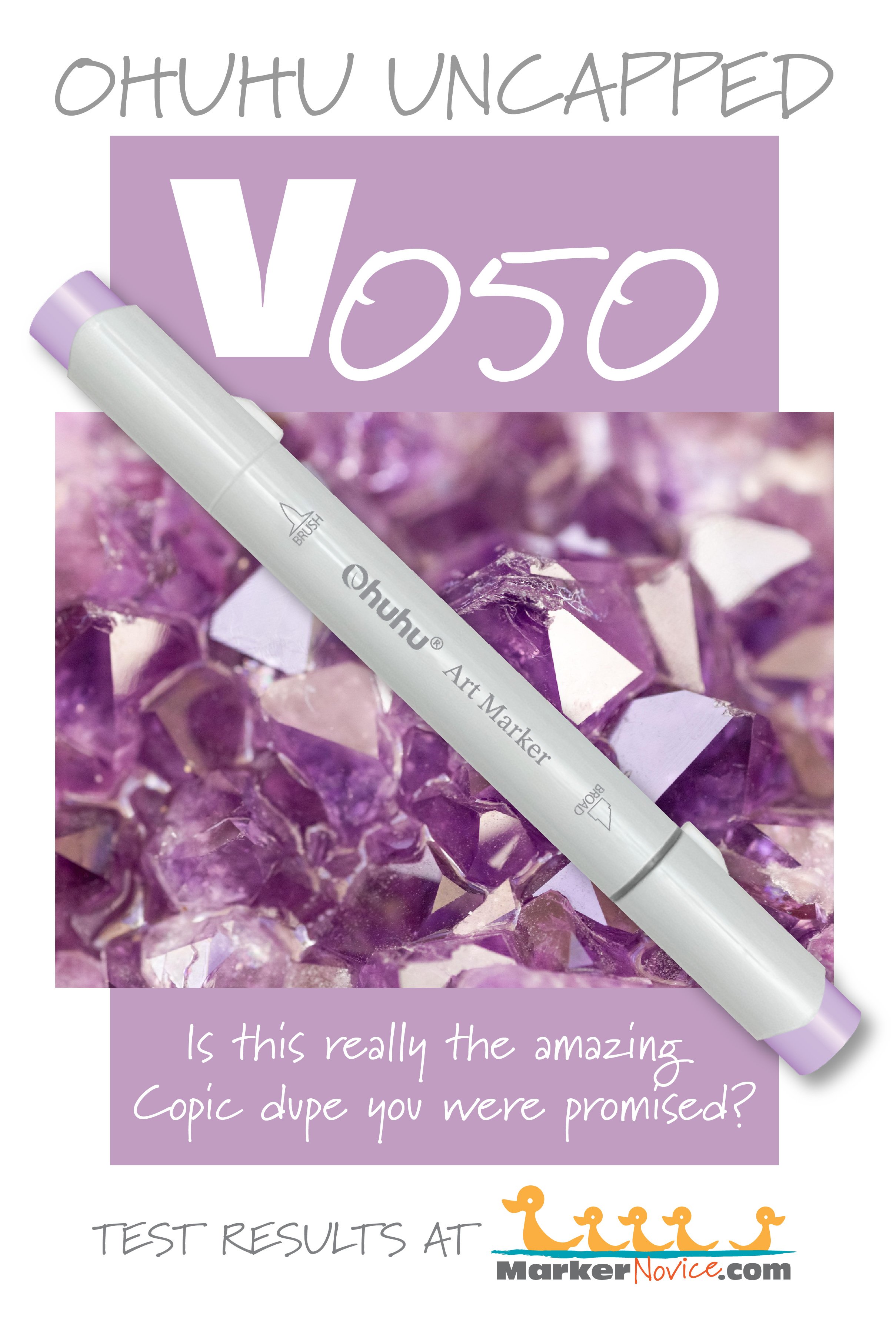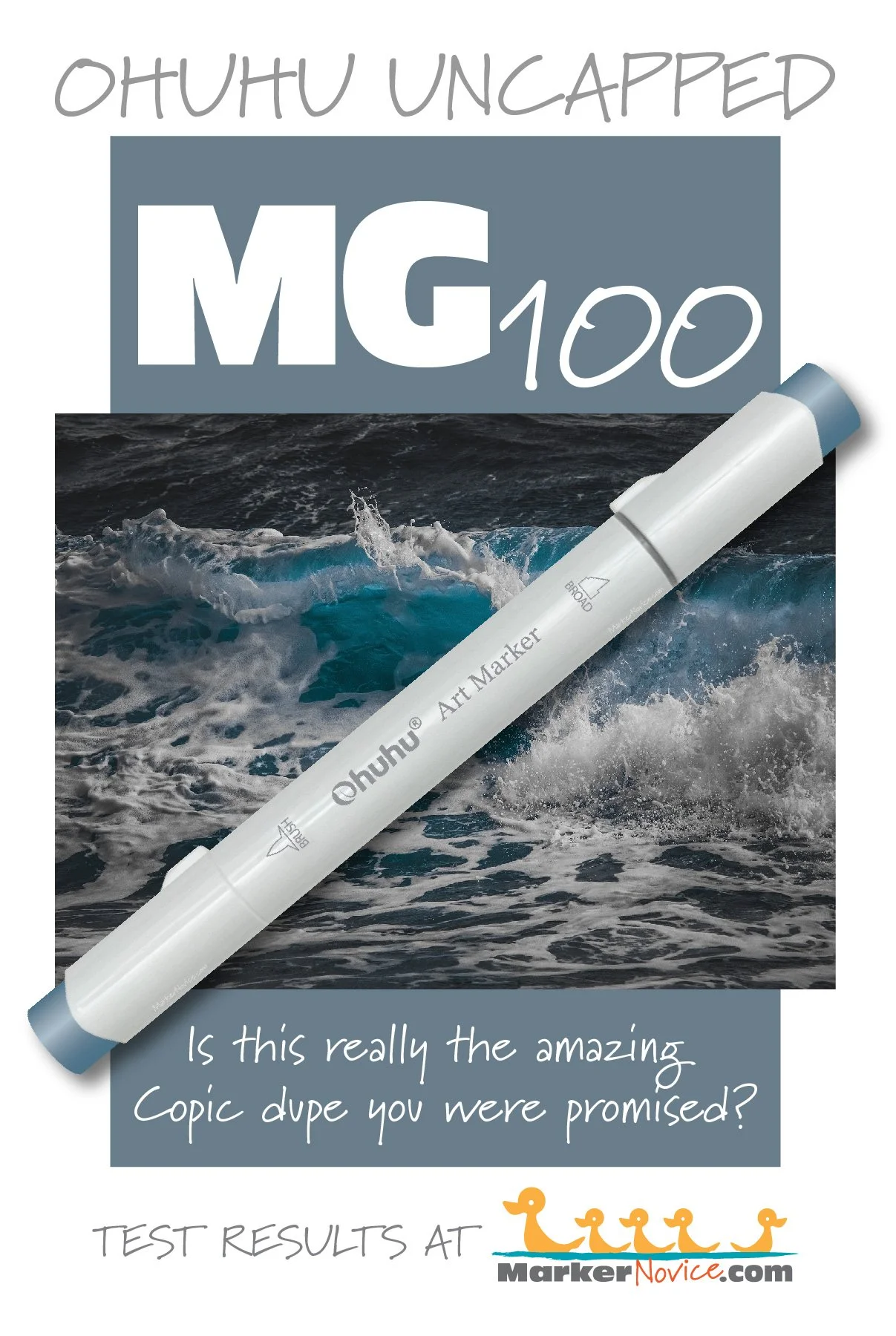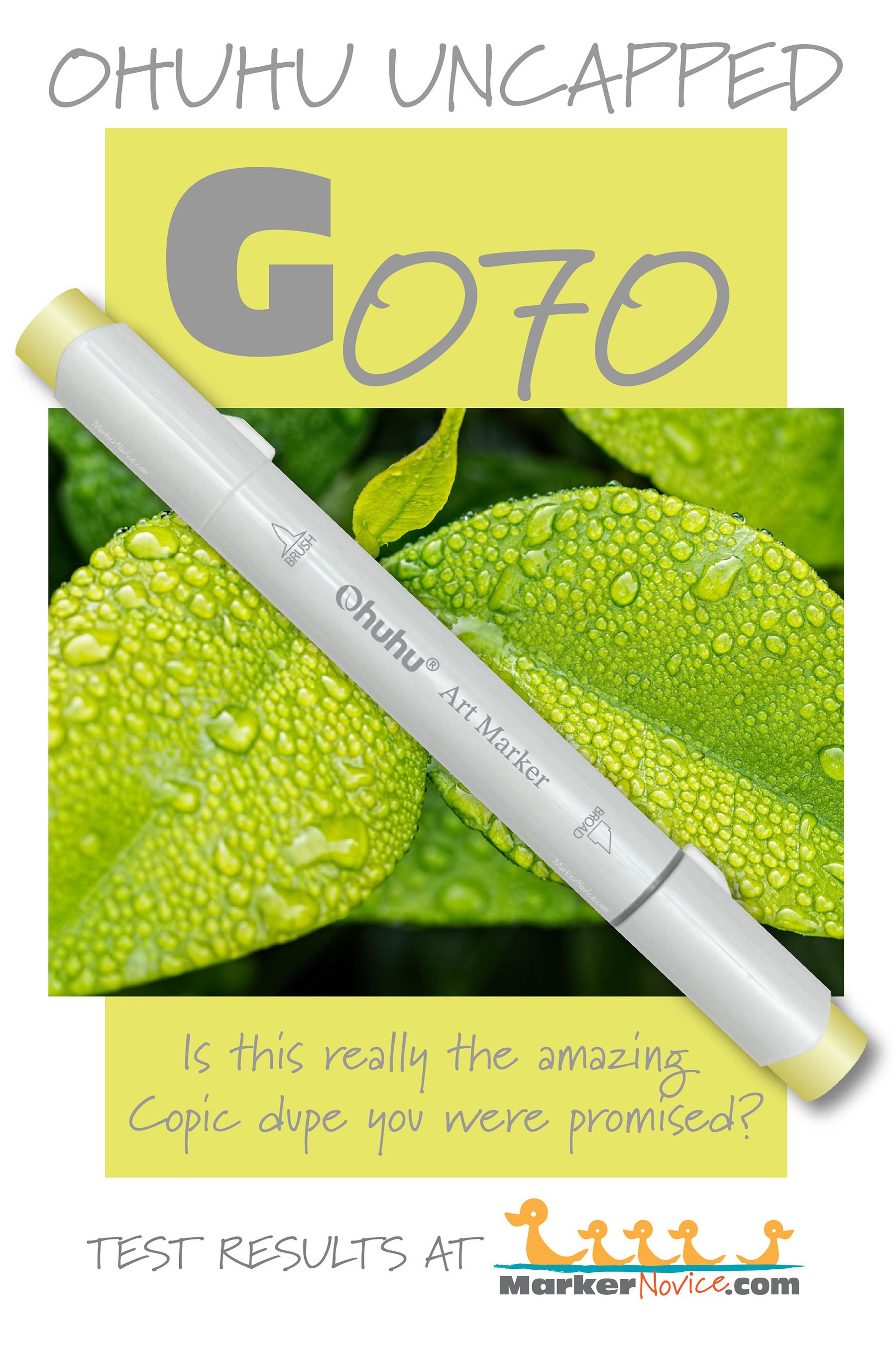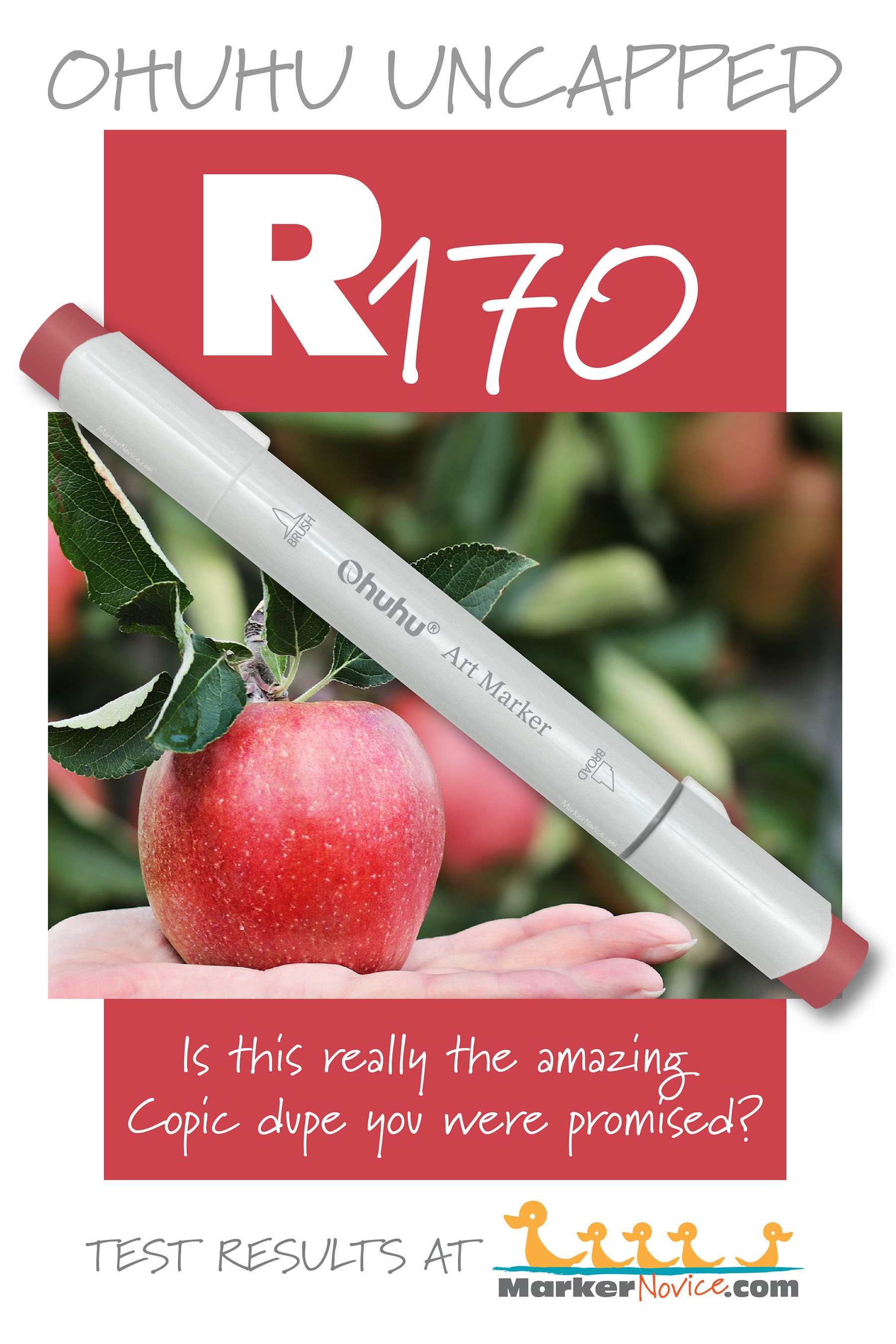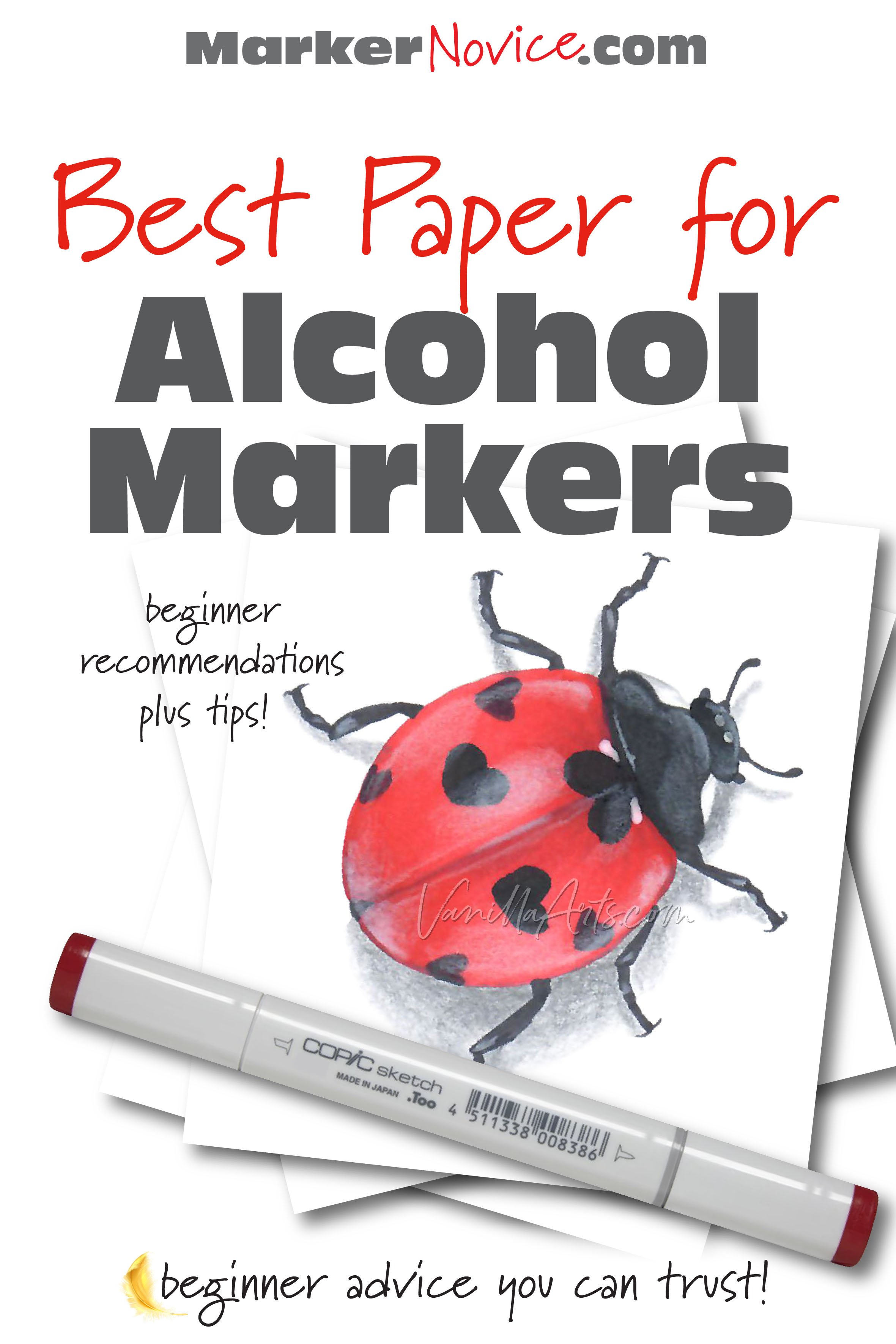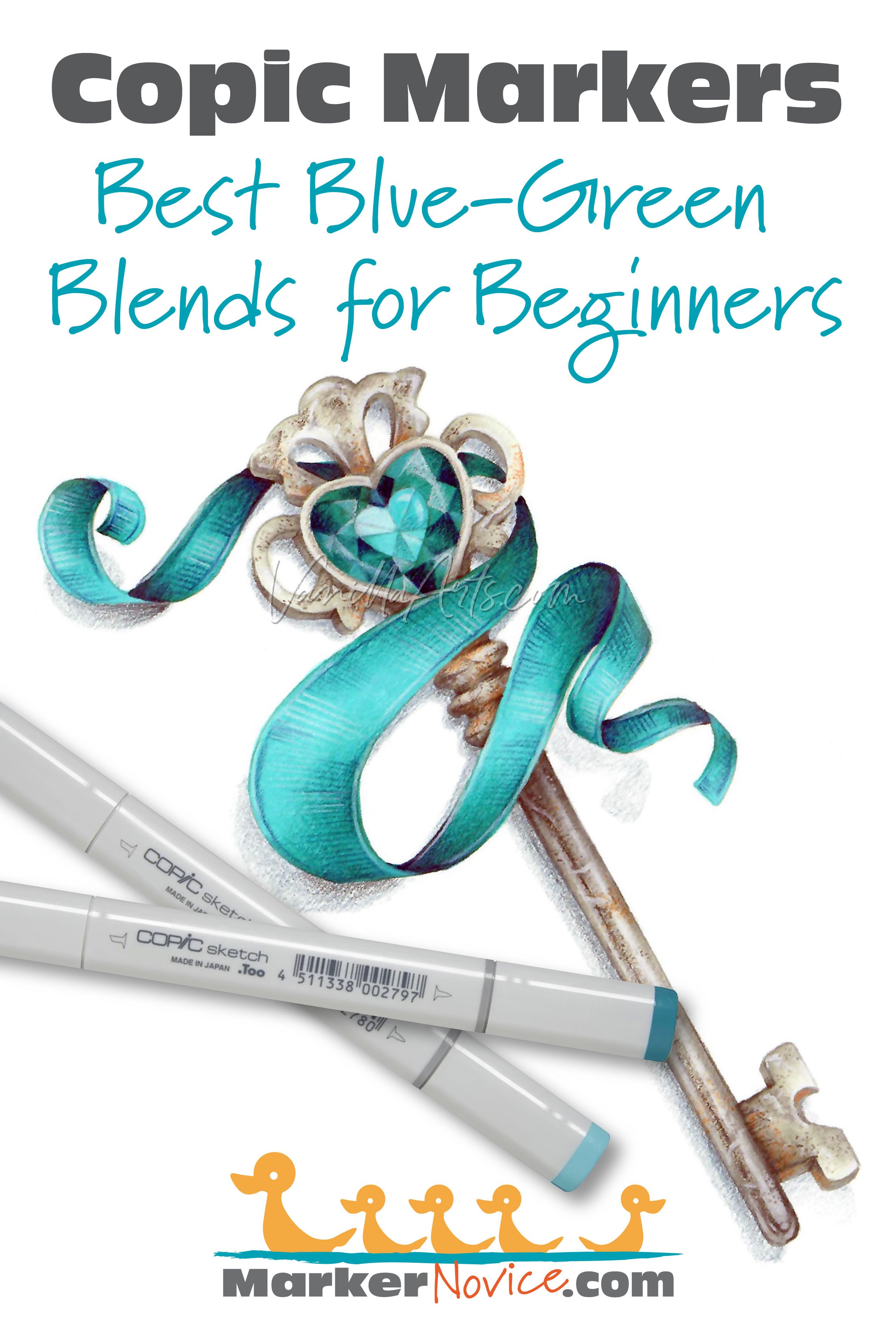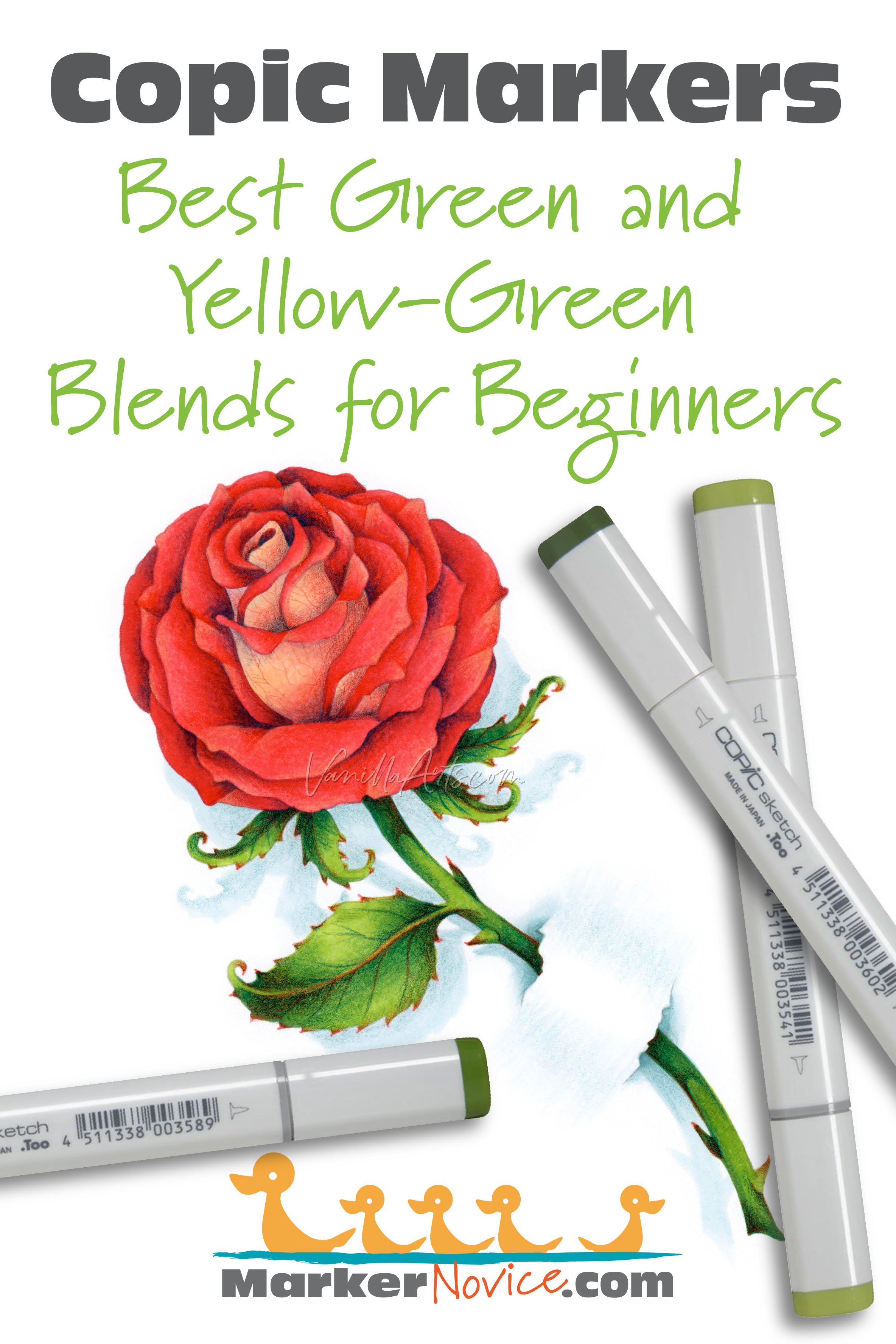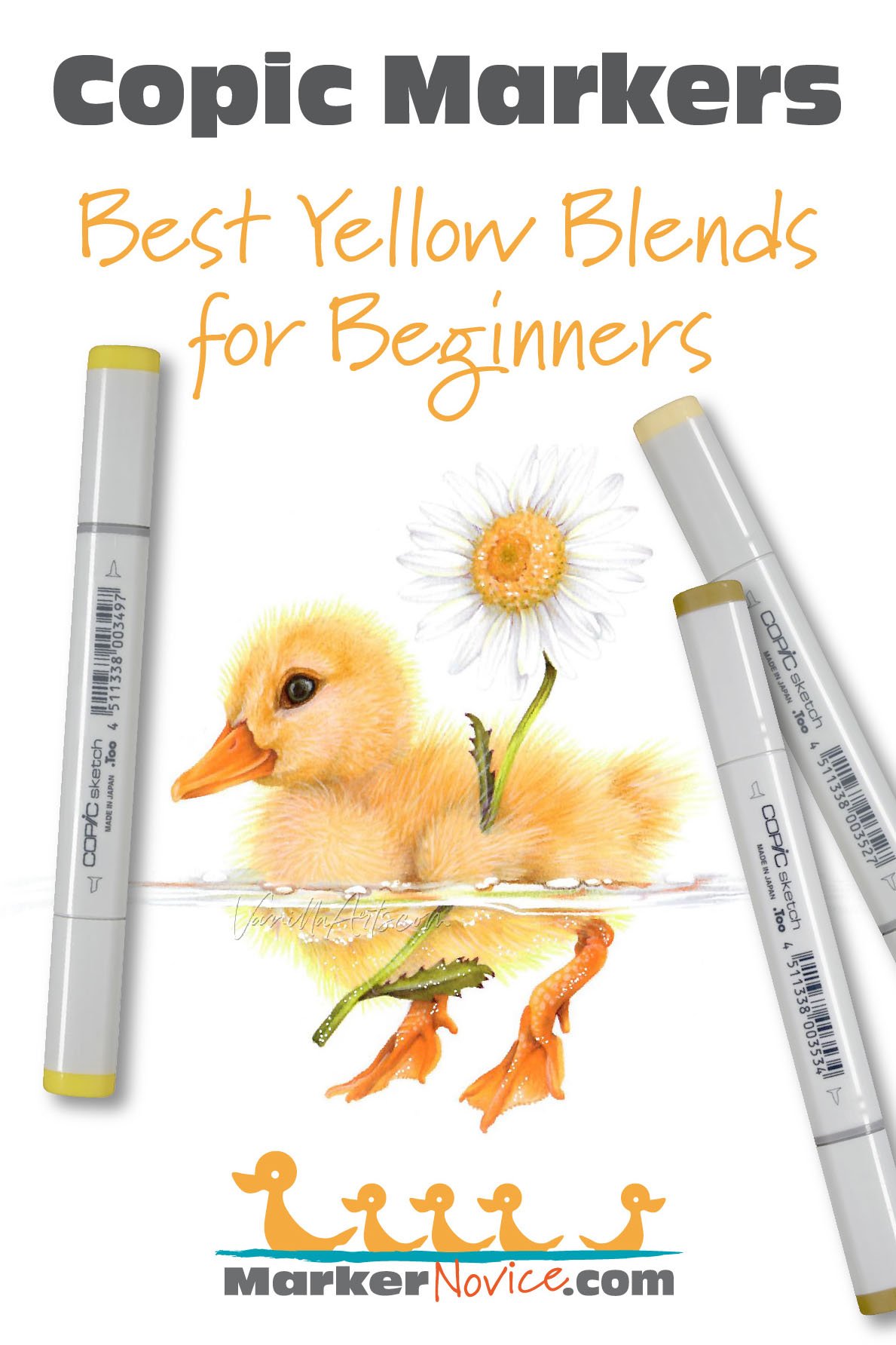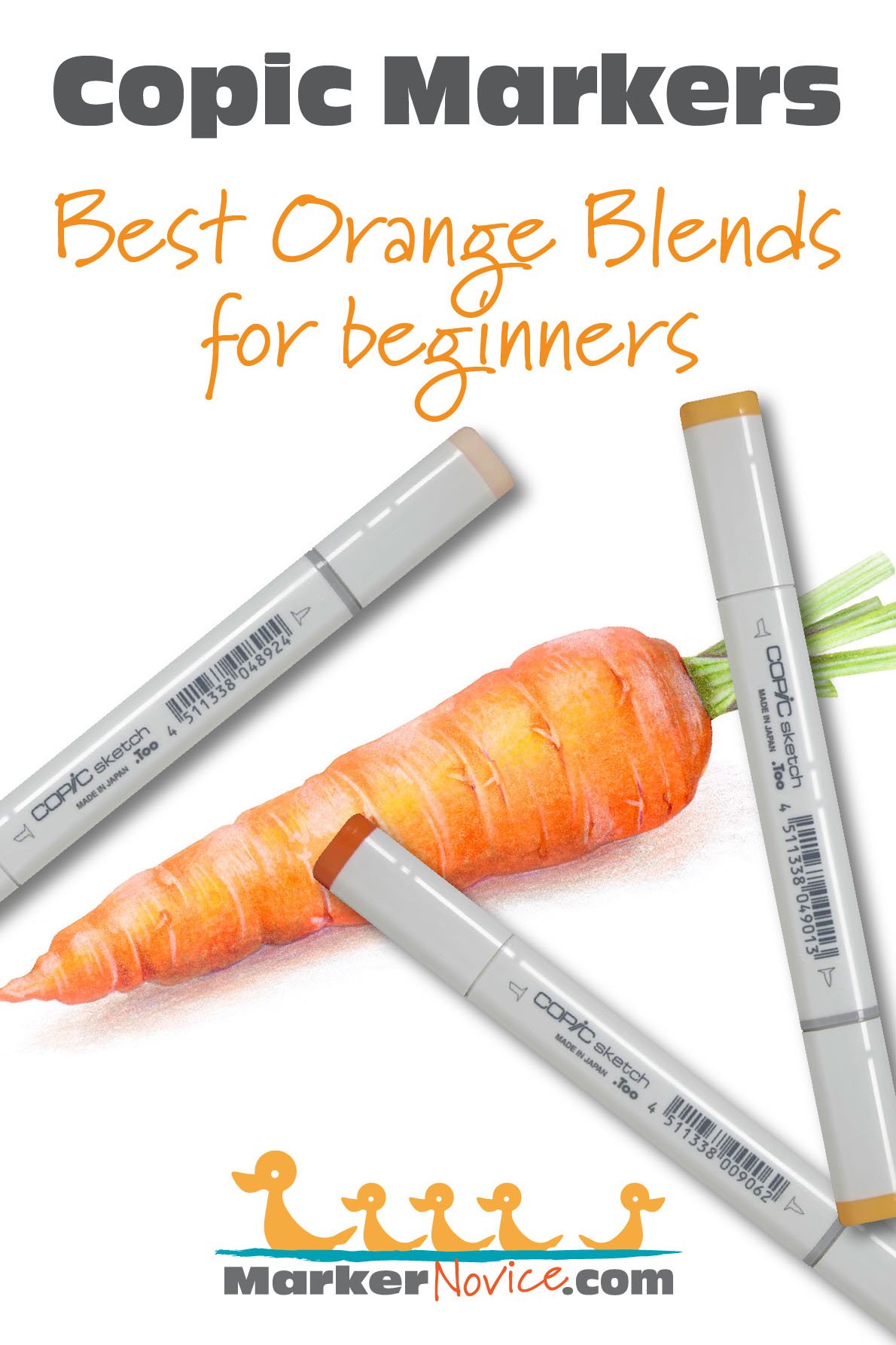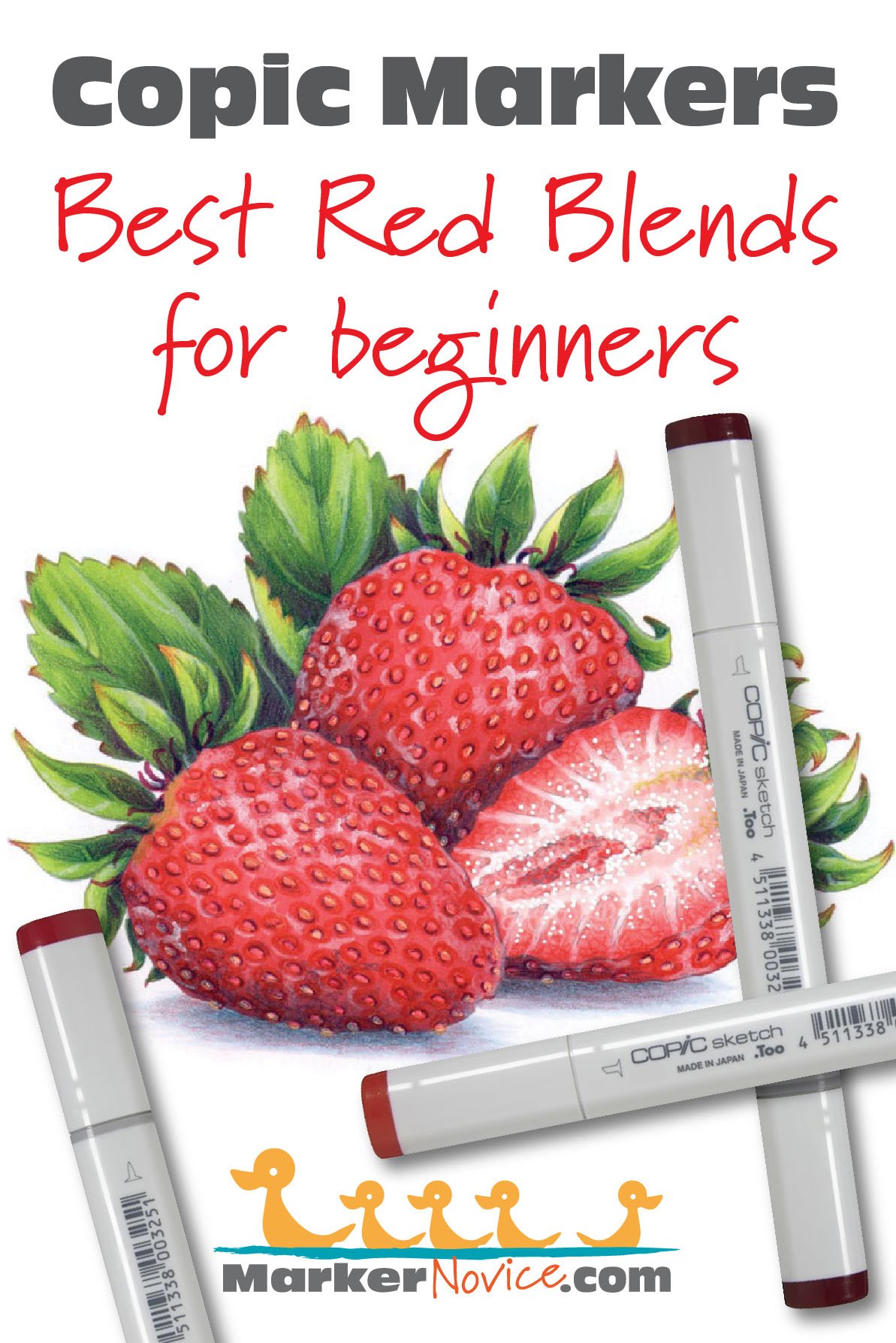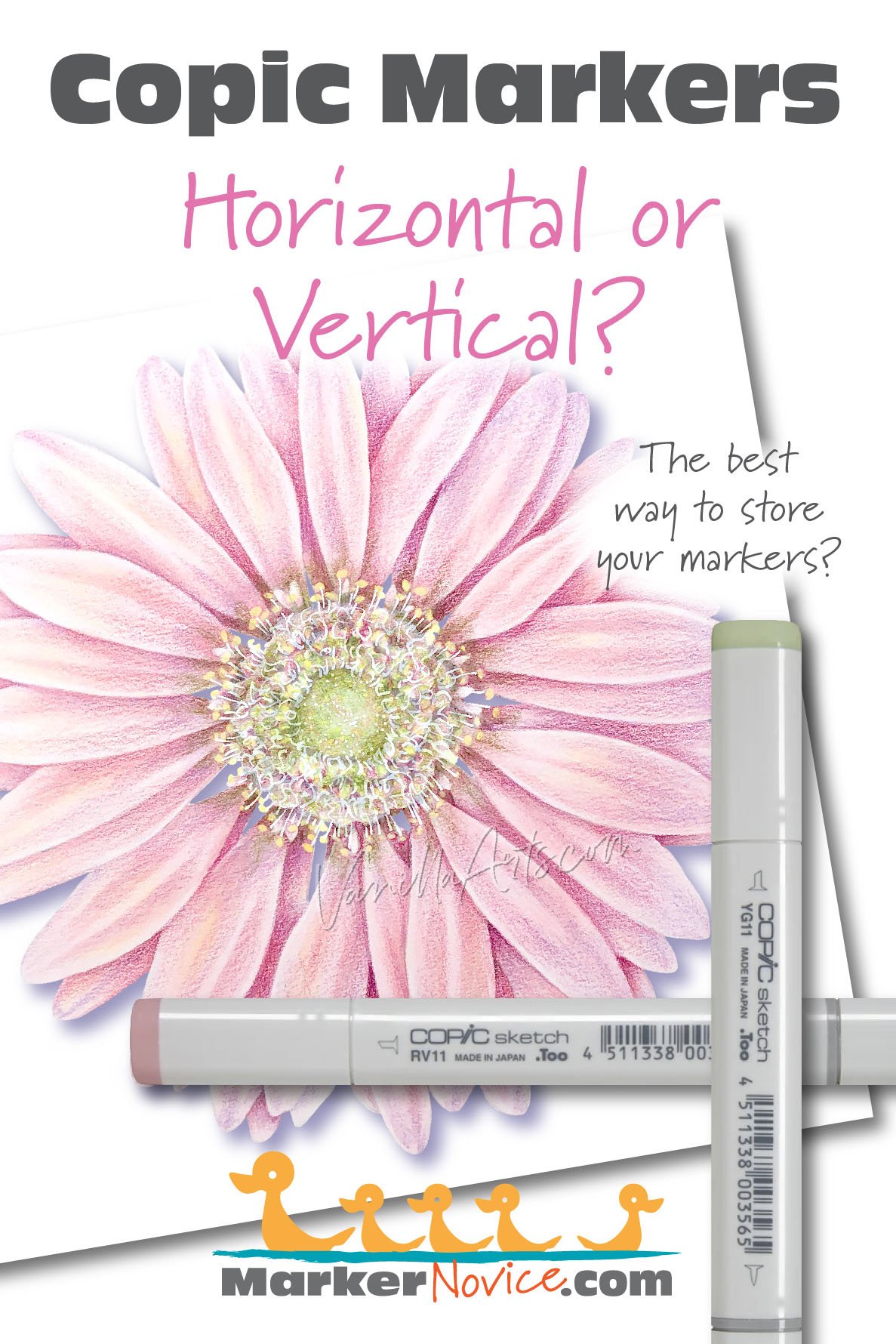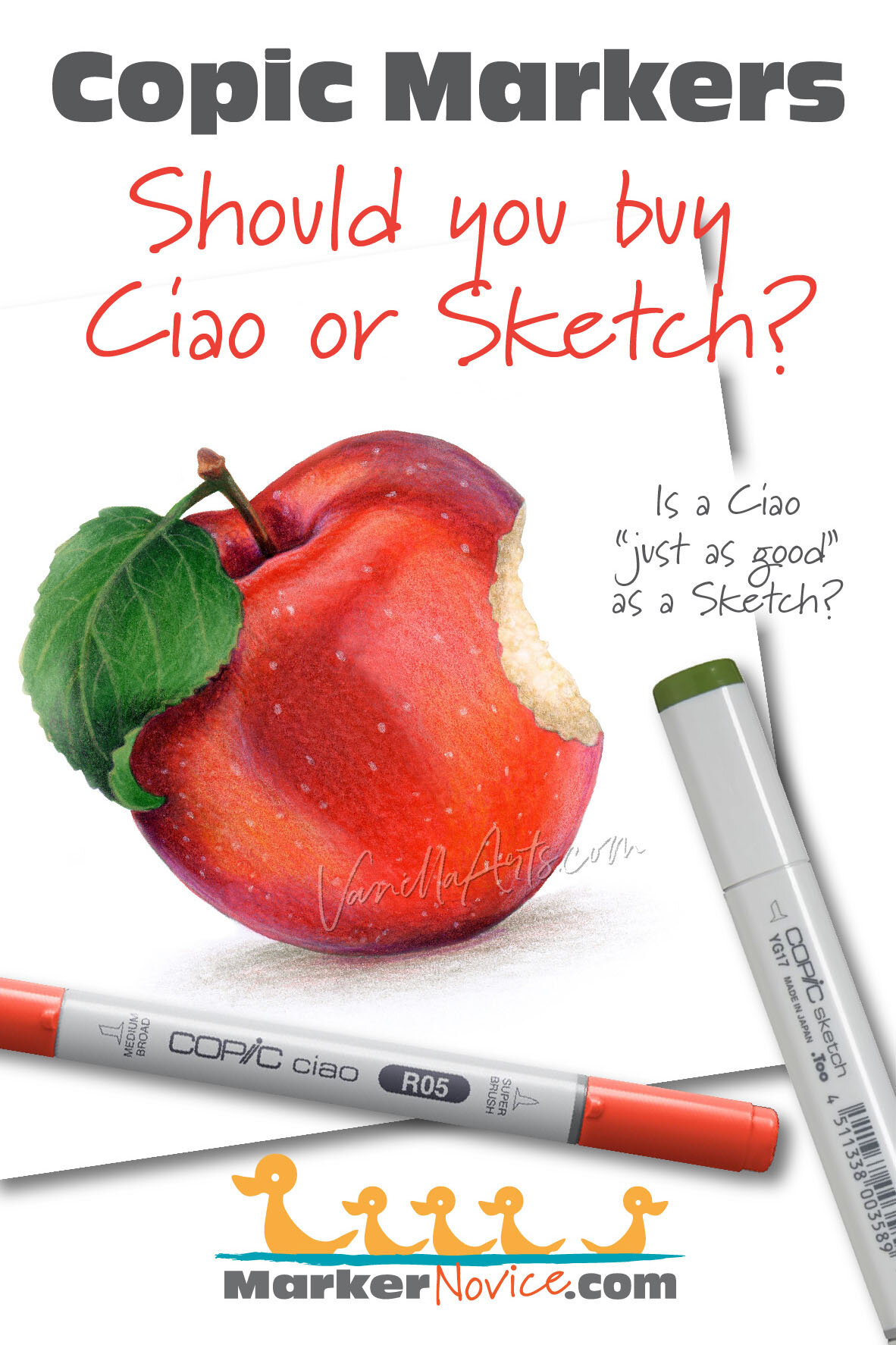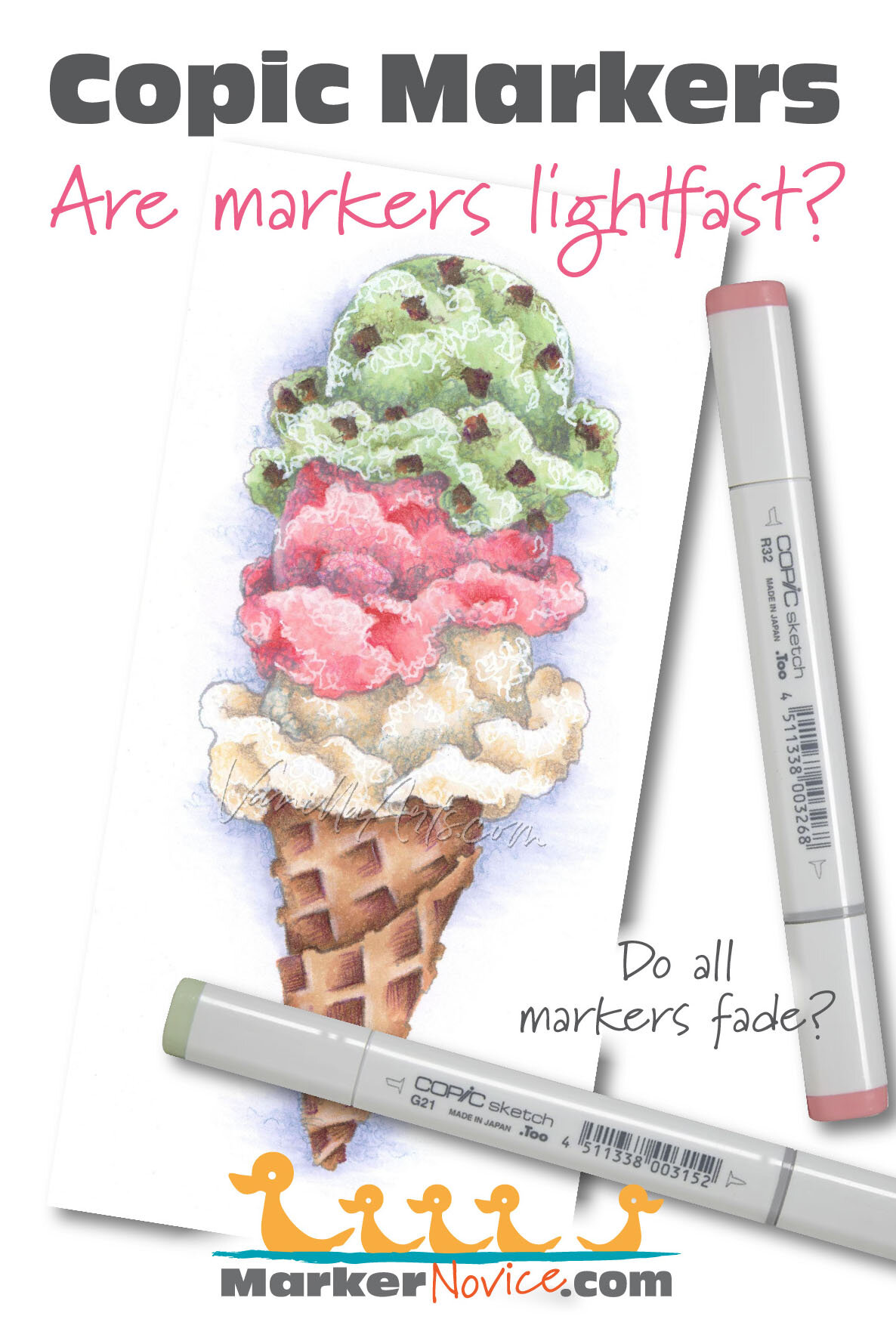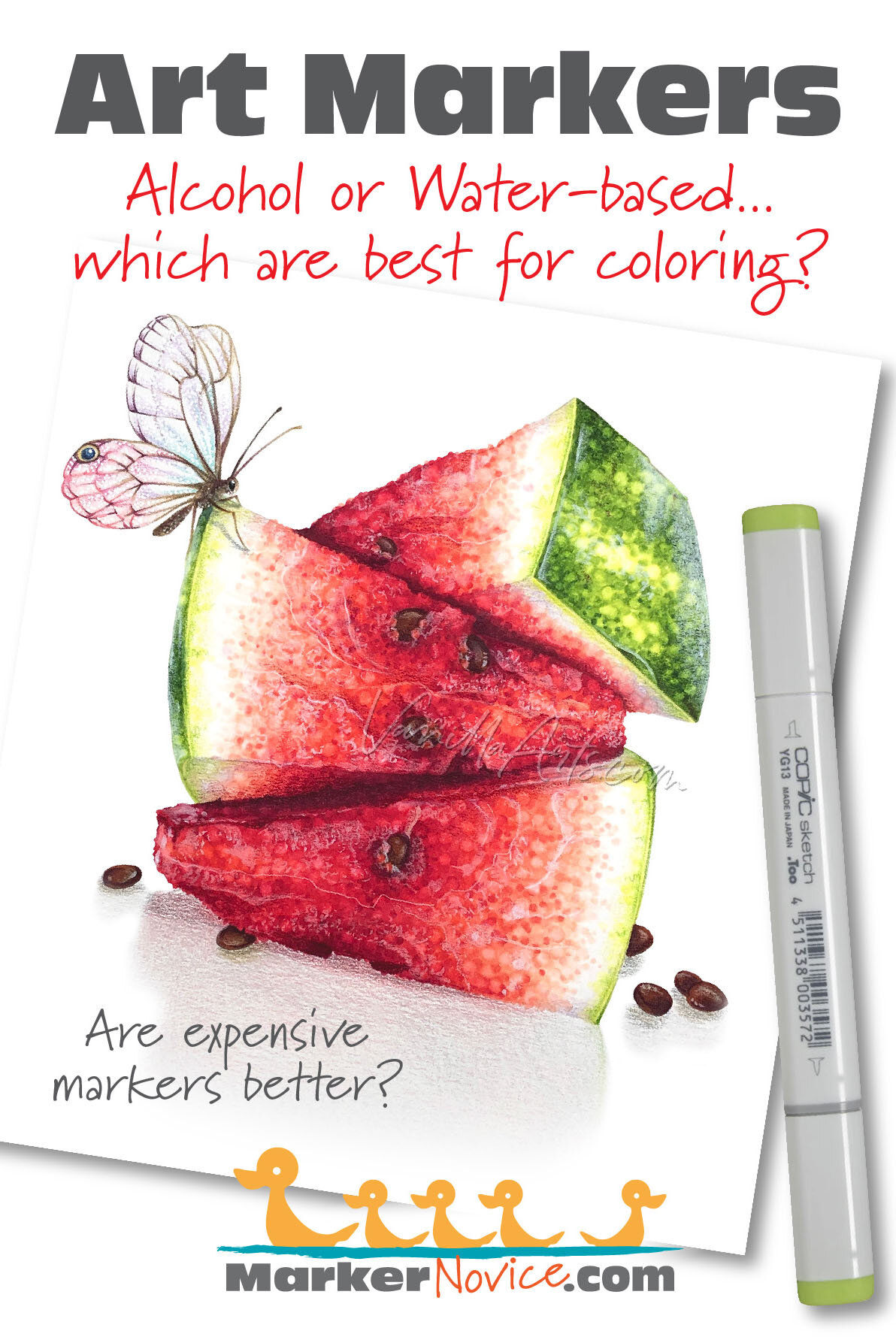You were told “Ohuhu is the Copic slayer! They’re like Copic Markers but better!”
Is it true?
Every Ohuhu Marker has different characteristics based upon its unique ink formula. No matter how great they say the marker is, test results do not lie.
So are Ohuhu markers as great as you’ve heard?
Let’s look at Ohuhu V050 to find out.
WARNING: Ohuhu markers have numbers on the cap but not on the body of the marker. We do not recommend coloring with both caps off due to the risk of accidentally placing the wrong caps on a marker.
Test results: Ohuhu V050 Pearl Violet
REFILL WARNING! At this time, Ohuhu does not sell refills for V050. To date, you must purchase a new marker when your current marker runs dry. See Ohuhu’s current list of refills here.
Temperature: A medium, slightly warm violet
Resemblance: a warmer Ultramarine Violet watercolor
Actual Value: N6
Unlike Copic, Ohuhu does not measure value— this is a glaring deficiency which makes finding blending combinations harder than it has to be!
All Copics are measured on a Neutral Gray value scale. The last number on the Copic cap indicates the value. We’re using the Copic scale to measure Ohuhu until Ohuhu releases a reliable value scale.
Cap Accuracy: The plastic on an Ohuhu Honolulu V050 marker is fairly close to the color of one coat of this ink
Copic Substitution: Ohuhu V050 is slightly warmer but otherwise close to Copic’s V15
Note: similar colors rarely behave the same way. From experience I can tell you that Copic V15 is an easy blending marker. I recommend it for beginners, it’s on my Starter Marker List, and I teach with it frequently— all because it’s a very friendly blender. Ohuhu V050 feels very similar with one exception. I can tell this marker has a lot of colorless blender in the ink formula because this ink mottles slightly on just the second layer. Is this bad? Not necessarily but it does prove that it’s not enough to match the color, two similar inks can behave radically different in usage. See Copic V15 test result here.
Buildup: V050 reaches a maximum value at about 3 coats.
Overinking: We do not recommend using more than 4 coats of V050. As with most Ohuhu markers, four layers looks oversaturated. Four coats actually a pretty color but it does have an inky, almost oily look to it.
Shattering: WOW! V050 is a highly reactive ink. The color immediately spread out far when the sample received a single drop of colorless blender. I can’t say this is good or bad, it’s just extremely unusual. V050 does not shatter. It’s a good bet this is a single ink formula rather than a blend.
Chromatography testing shows this ink’s behavior when it comes in contact with #0 Colorless Blender (solvent). High shattering colors may leak unexpected color when you make corrections or attempt to blend with any color that has a high solvent to colorant ratio. Shattering is not bad, it’s just something to be aware of.
Staining: V050 is a staining color. This is normal for red, purple, and violet markers as these dyes are generally more stubborn than other colors. Expect blending issues with this color as staining colors are resistant to smooth blends.
With alcohol markers, a staining ink is generally a sign of a low quality ink. Staining inks bond to the paper fibers and are reluctant to release. Staining inks make blending harder than it has to be!
Lift: As described in the Shattering category, V050 is sensitive to colorless blender. In the staining sample, you can see how some of the ink was driven off to the sides but the effect was not complete. I recommend caution when trying to fix a V050 mistake as this blender-sensitivity could damage parts of your coloring near the mistake.
See staining swatch. Sample was given 6 stripes of #0 Colorless Blender, drying between each stripe. Results indicate how much lifting you can expect.
Lightfast: V050 faded by about 30% during the test period. Copic V15 had a similar fade rate.
Samples were swatched on X-Press It Blending Card. 1 layer of ink was exposed to windowsill sunlight for 21 days. Approximately 10 hours of sun per day based on weather conditions. Note: we do not recommend displaying original marker art under these conditions.
Ink Color Family: Ohuhu has violet and purple markers hidden in several marker families including R Red, RV Red Violet, RP Red Purple?, P Purple?, and B Blue. I’ve given up trying to understand why.
The Ohuhu numbering system is complete garbage and doesn’t always make sense. Some orange, magenta, violet, and obviously blue-violet markers are hidden in the R family. Be warned, when it comes to other color families, you can not trust anything you read on an Ohuhu cap.
Cap Numbering: V markers all have 3 digits rather than two. I have no idea why because they all end in zero… except for one stinkin’ marker which I’m convinced is only there to throw off any accidental logic. If you line up V020 - 030 - 050 - 060 - 070 - 080 they kinda look in order from light to dark BUT the color temperatures are all over the place. Moral of the story: don’t get too excited when you think you’ve cracked the code.
As stated above, the Ohuhu numbering system makes no sense. The markers are not arranged in chromatic order so you can not trust the numbers to tell you whether this marker is lighter or darker than other Ohuhu markers with similar numbers.
I’m still early in the Ohuhu testing process. I will add more info to this article as I learn more and when I spot behavioral patterns.
From what I’ve learned so far, I will not be working with Ohuhu markers and I will discourage students from using them in my classes. They’re simply not worth the frustration.
Learn about V050 Pearl Violet, a medium violet Ohuhu Marker. We swatch and test Ohuhu colors- layering, staining, lift, value, lightfastness, saturation, and cap accuracy. | MarkerNovice.com | How to color with alcohol markers

